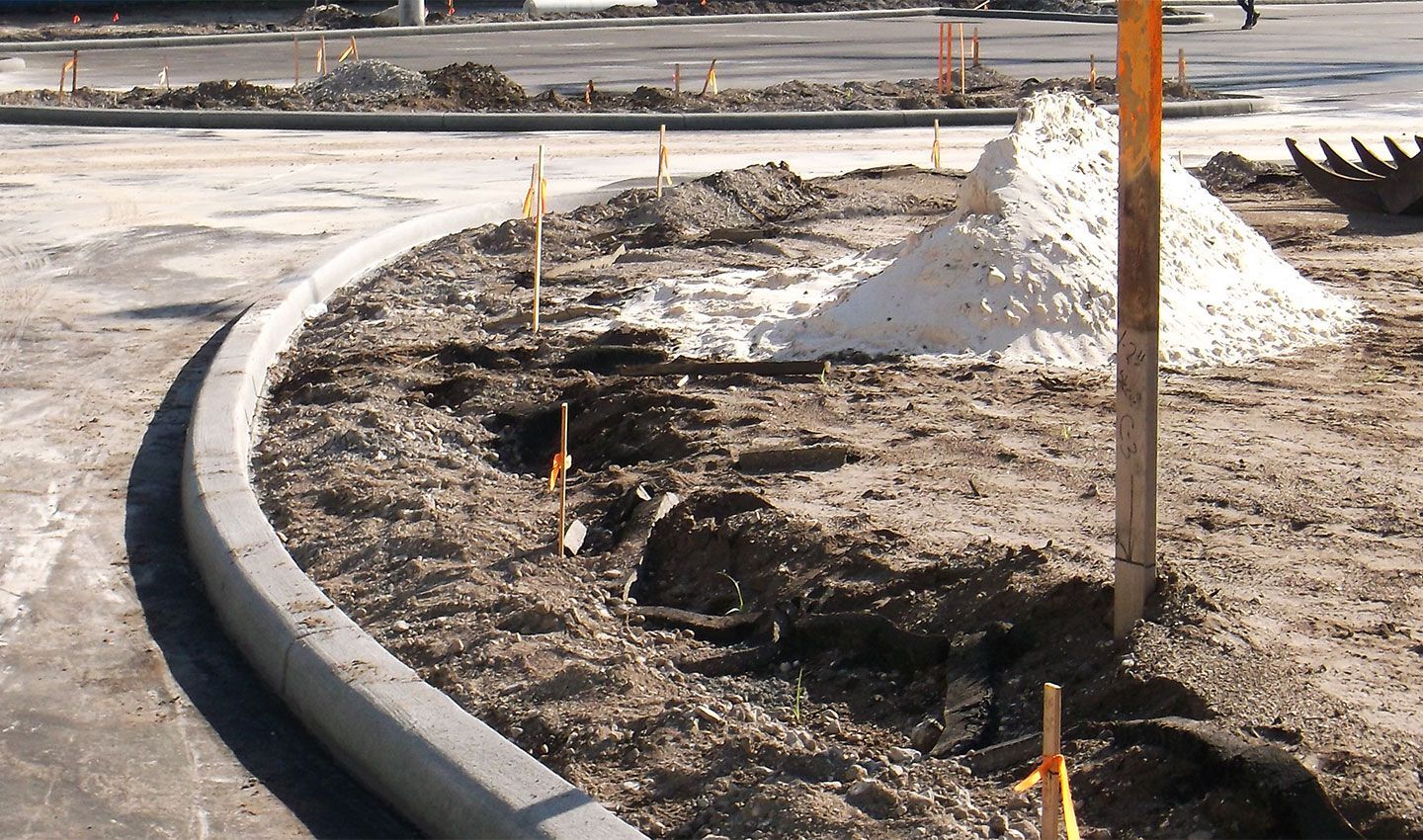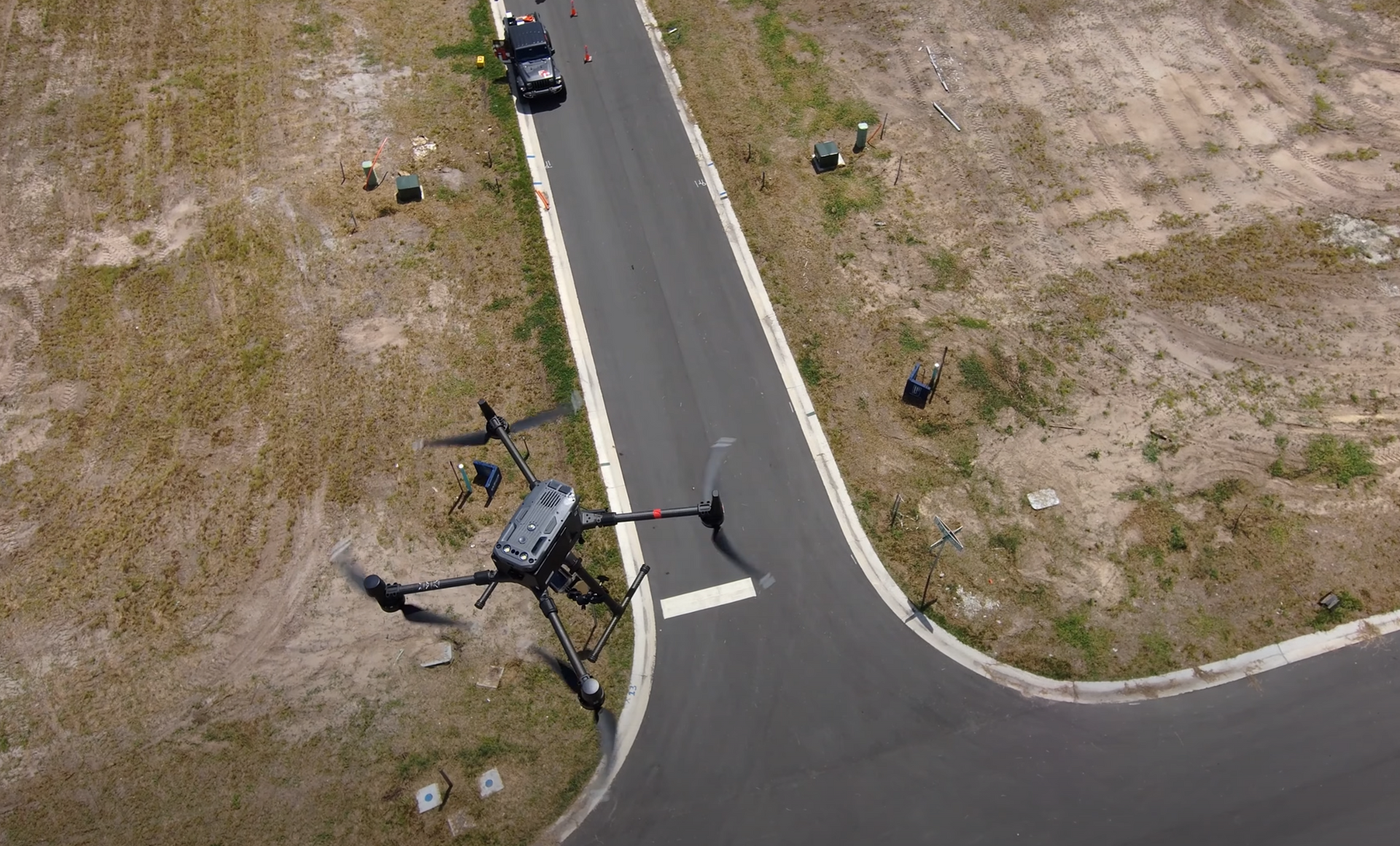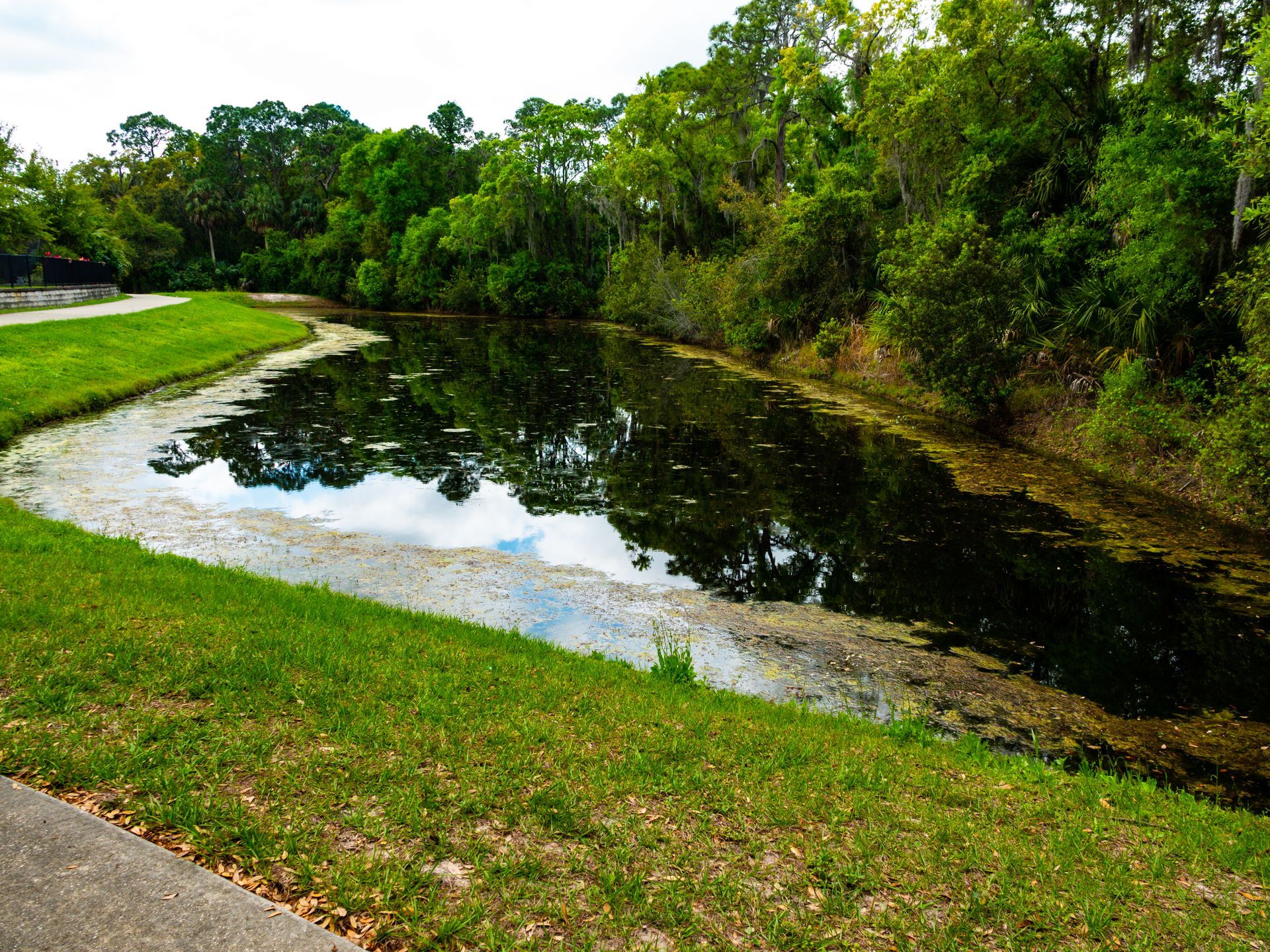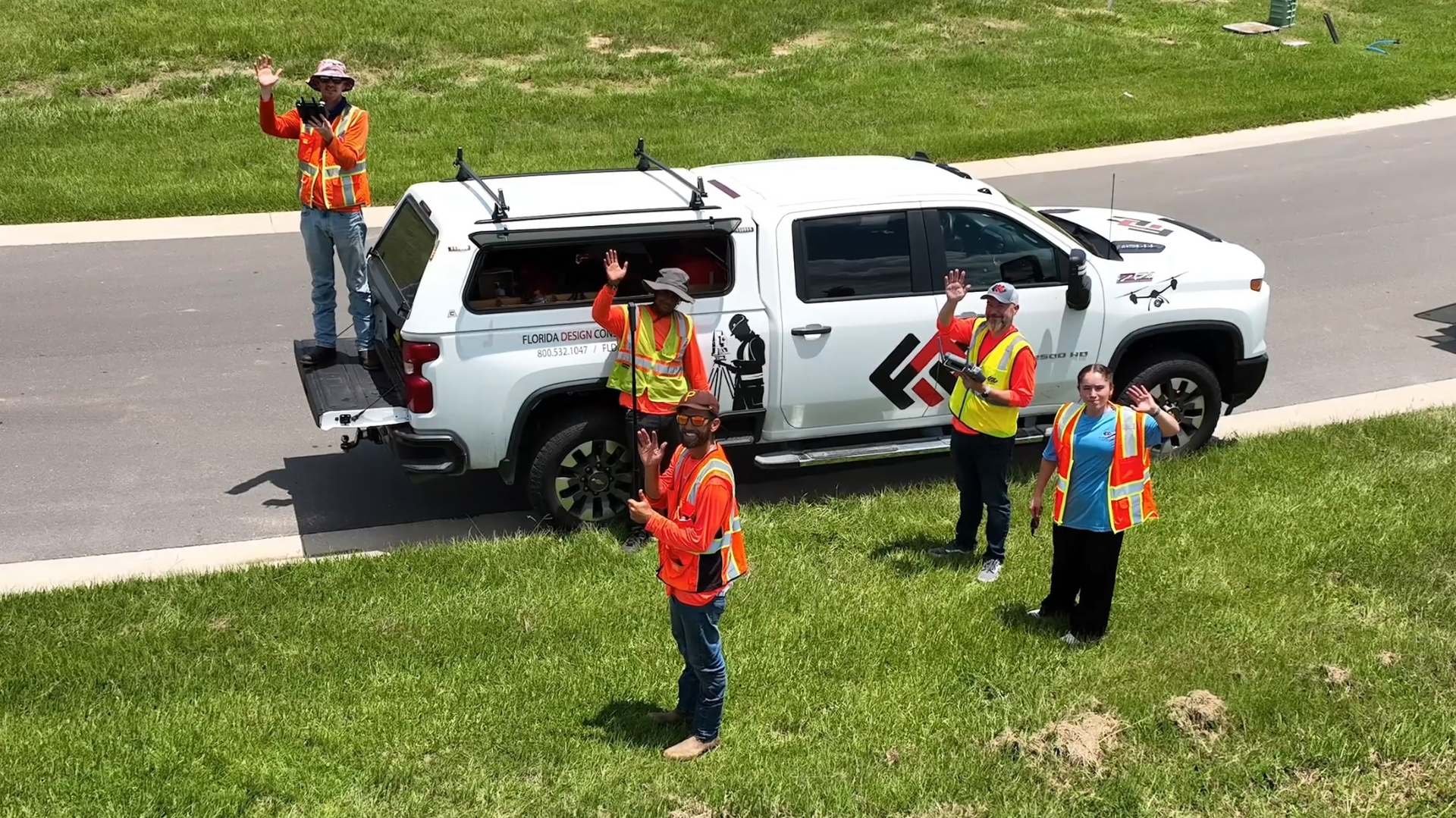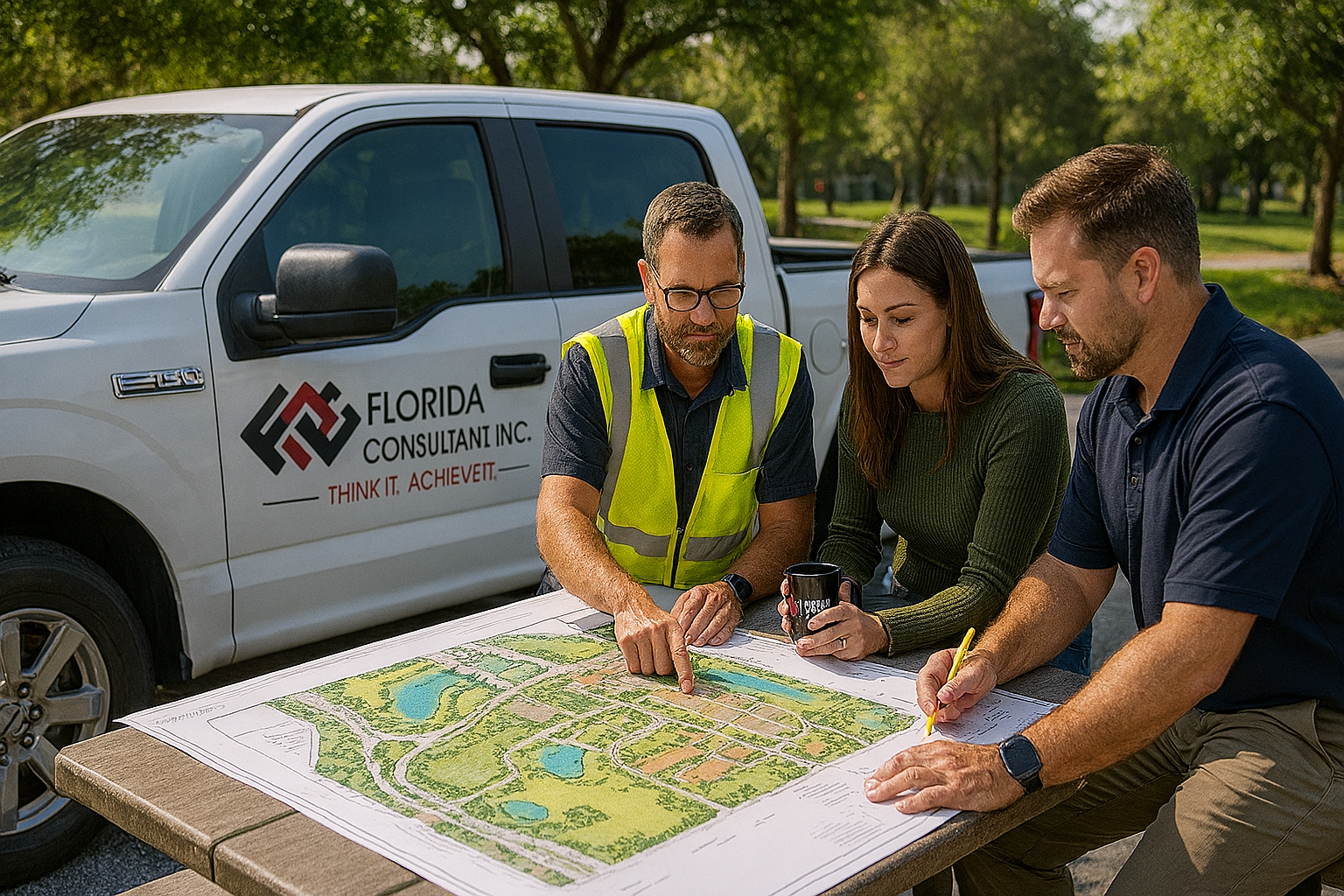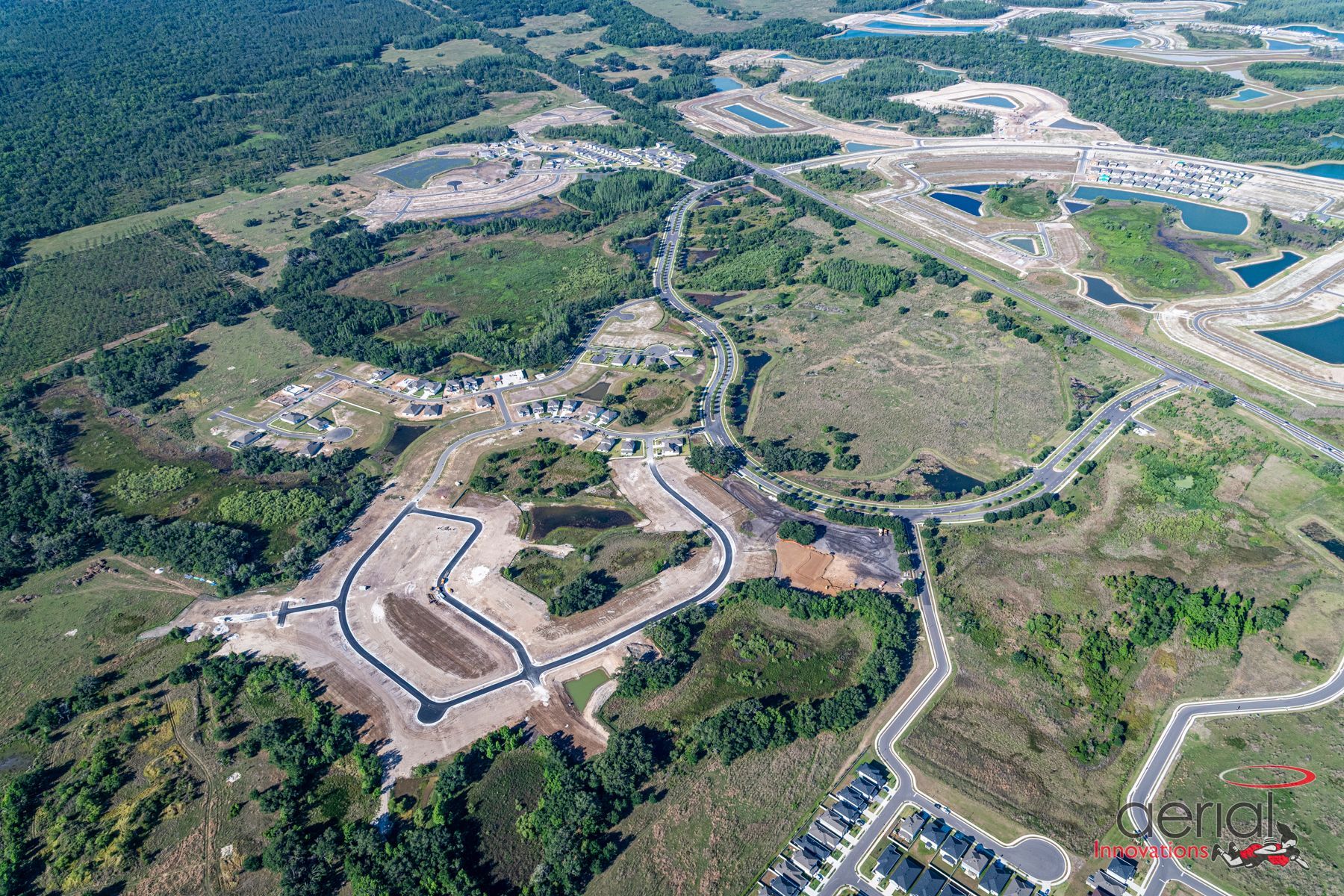Avoiding Costly Mistakes with Accurate Pre-Construction Preparation
Construction projects often go over budget and over schedule, and the root cause often traces back to the pre-construction phase. According to McKinsey, large projects take 20% longer to finish and can cost up to 80% more than planned (McKinsey).
At Florida Design Consultants (FDC), we have seen firsthand how thorough preparation prevents those pitfalls. Pre-construction is not just paperwork, it is the foundation for your entire project. When done right, it saves time, money, and headaches.
Why Pre-Construction Preparation Matters
The earliest stages of a project determine its success. Pre-construction preparation builds the roadmap for everything that follows, ensuring the site, design, and permitting processes are ready to support construction.
Pre-construction preparation includes:
- Site surveying and assessments
- Drainage and utility design
- Zoning, entitlements, and permitting reviews
- Environmental and topographical studies
Skipping or rushing these steps introduces risks that may not surface until construction, when fixes are far more expensive.
“Accurate survey data can’t be overstated. If you don’t know exactly what’s under and around your site, you’re setting yourself up for costly surprises.”
— Ed Rogers
President at FDC

Common Mistakes That Lead to Big Problems
Even well-intentioned projects can fall apart when critical details are overlooked. There are several recurring issues that create delays, redesigns, and unnecessary costs:
1. Perimeter conditions
Perimeter conditions, like tying into existing grades, are one of the most common sources of costly mistakes. If a site is raised without accounting for natural drainage, it can create a dam that blocks water from flowing off neighboring property. On the other hand, cutting too deep near a property line can destabilize tree roots and even cause trees to topple in a storm.

These scenarios are real risks that we often see when reviewing projects. They can lead to disputes, liability issues, and significant redesign costs. This is why hiring the right firm, one with the experience and QC processes to anticipate and avoid these rookie mistakes, is critical. At FDC, we build safeguards into our surveys, designs, and review procedures so that perimeter conditions are accounted for from the start.
2. Gravity utility crossings
Utilities such as storm and sanitary sewer lines are gravity-driven, which means they depend on consistent slope and proper clearance to function. When these lines cross at conflicting elevations, the design quickly becomes unbuildable. The result is costly rework, such as redesigning the alignment mid-project or adding an expensive conflict manhole just to make the system work. Once during construction phase services on a project we did not design, we discovered a serious problem: a sanitary manhole designed with the inlet lower than the outlet, which would have caused sewage to accumulate in the system.
While technically this was not a gravity crossing issue, it appeared to be a poorly executed attempt by the original engineer to avoid such a conflict, likely a last- minute revision that introduced an even bigger problem. Issues like these highlight the danger of inexperience in design. The real trick is to avoid utility conflicts and avoid creating new problems in the process. That requires an experienced team with the right QC checks in place, not a rushed fix.
3. Incomplete surveys
A survey that stops right at the property line is a recipe for trouble. Without knowing what lies just beyond your boundary, whether it is a building, a utility, or a tree — you risk designing blind. We have seen surveys where the client received survey data only inside the property boundary and nothing more. Later, when we began design, we realized adjacent conditions – like large trees or grade changes – had not been accounted for. That meant going back, requesting additional survey data, and redesigning, wasting both time and money. Studies show incomplete or inaccurate surveys are among the top five causes of change orders in construction (Trimble).
4. Unknown subsurface utilities
Skipping Subsurface Utility Engineering (SUE) is another common mistake. Today’s sites and/or adjacent roadways that require improvements or utility extensions are full of underground lines such as fiber optics, duct banks, water, sewer, gas, and if you do not locate them upfront, you are taking a huge risk. On a hospital project, we brought in a SUE (Subsurface Utility Engineering) team and discovered a complex web of communication and other conduits running just under the proposed building footprint. Without that work, the client could have faced major delays and possibly severed a fiber optic line.
5. Unrealistic site expectations
We often see developers try to maximize every inch of a site. While that can look good on paper, it leaves no room for critical infrastructure like transformers, hydrants, air conditional pads, or even grade transitions. McKinsey notes that unrealistic scope and poor planning are leading drivers of overruns on large projects (McKinsey). Trying to “squeeze in” too much inevitably leads to redesigns, delays, and higher costs. A recent retail center project had zero flexibility in the site plan. When the power company needed a transformer location, there was literally no space left to place it. The result was redesign work and delays. Early identification of these requirements would have prevented these costly delays and additional expenses. This is where the right partner, with the right experience is critical.
The Real Cost of Getting It Wrong
The consequences of these mistakes are not minor. Industry data shows just how high the stakes are when projects skip or shortcut pre-construction preparation:
91.5%
of projects go over budget or schedule, and fewer than 1% finish on time and on budget.
28%
projects see cost overruns on average.
98%
of megaprojects incur overruns or delays.
These numbers make it clear: prevention through accurate pre-construction work is far less expensive than fixing problems later.
Best Practices: How FDC Helps Clients Avoid Mistakes
FDC has developed proven practices to safeguard clients from costly oversights. Our approach emphasizes early action, collaboration, and rigorous quality control:
- Comprehensive due diligence — flagging zoning, permitting, or long-range plan issues before they derail projects.
- Robust data gathering — ensuring surveys include critical overlap and subsurface utility data.
- Project kickoff meetings — aligning the full team (internal and external) from the start.
- QA/QC checkpoints — milestone reviews throughout the design process, not just at the end.
- Multidisciplinary coordination — surveyors, engineers, and landscape architects working together to catch issues early.
There’s no replacement for experience. The latest software is powerful, but if it is in the wrong hands, it can cause just as many problems. What matters is combining technology with seasoned judgment.
Red Flags to Watch for When Selecting a Partner
Choosing the right consultant is just as important as the work itself. The right partner will help you anticipate risks, reduce costs, and protect your investment. The wrong partner can introduce delays and oversights that are difficult to recover from.
Be cautious of:
- Firms that do not ask questions about your goals during early meetings.
- Surveys with no overlap or limited scope.
- Project managers with only a few years of experience.
- A lack of multidisciplinary coordination or quality checkpoints.
As David Fleeman notes, “When firms work in silos, mistakes slip through. At FDC, we are constantly cross-checking between disciplines.”
Looking Ahead: Innovation Meets Experience
New tools are reshaping how projects are planned, from drone-based surveying to 3D site modeling. These technologies are powerful, but they only deliver value when paired with experienced judgment.
“The most powerful technology still requires experienced hands. It is about balance, using the best tools, guided by the wisdom of seasoned professionals.”
— Ed Rogers
President at FDC

Conclusion
Every project carries risks, but many can be avoided with accurate pre-construction preparation. The cost of prevention is always less than the cost of mistakes discovered during mid-build.
At FDC, we combine technology, local knowledge, and decades of experience to give developers and builders peace of mind before construction even begins.
Ready to avoid costly mistakes on your next project? Contact Florida Design Consultants to start planning with confidence.
